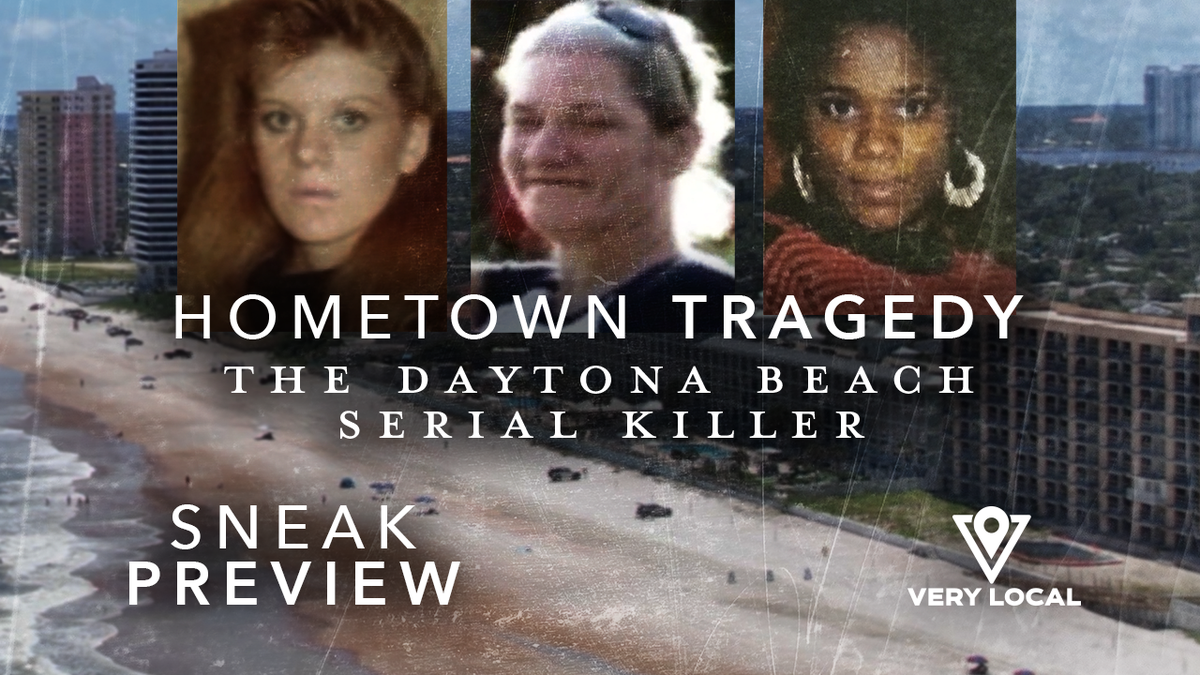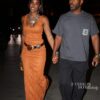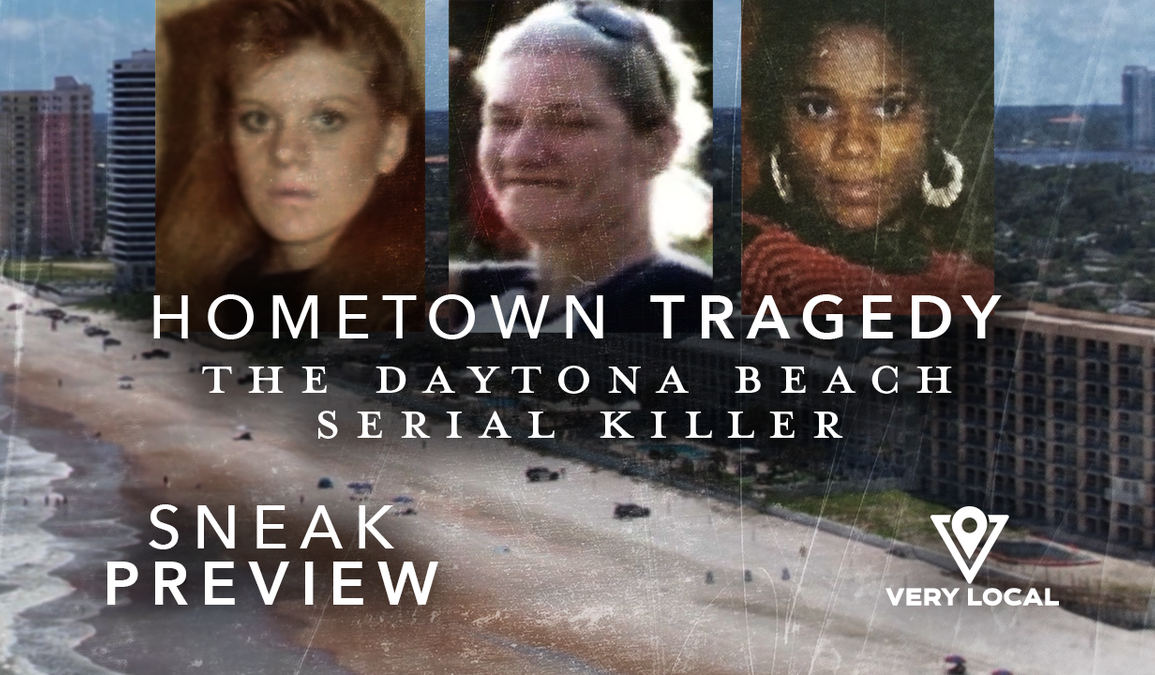
Stream full episodes of “Hometown Tragedy,” including the episode featuring the Daytona Beach serial killer, by downloading the Very Local app for free. The story of Robert Hayes, a convicted Daytona Beach serial killer, is being featured on the true crime series “Hometown Tragedy.” The documentary will dig into the gruesome murders of four woman in Daytona Beach from 2005 to 2008 and the long hunt for their killer. The case:Laquetta Gunther was a resident of Daytona Beach and described by family as a very smart and very outgoing person. Around Christmas of 2005, she became the Daytona Beach serial killer’s first victim. Gunther’s friend became increasingly worried when she didn’t show up to prepare Christmas dinner like they had planned. Gunther’s friend waited up until 1 a.m. on Christmas day.On Dec. 26, Gunther’s body was found in a narrow alleyway off Ridgewood Avenue. She had no clothes on, and officials reported that she had a gunshot wound to the back of her head. Less than a month later, Julie Green, who was a reported friend of Gunther’s, became a second victim. On the night of Jan. 13, 2006, Green told her boyfriend she was going to walk down the street to call her dad on a payphone. She never made it back to the residence. When Green’s body was discovered, she was wearing no clothes and had one gunshot wound to the back of her head, just like Gunther. This time, officials were able to recover ballistic evidence. Then, on Feb. 24, officials received a tip from an anonymous caller saying they found the body of a deceased person while on a walk. Iwana Patton, the third victim of the serial killer, had been found in a wooded lot. Her body was found in the same state as the last two victims. For a while, the killings appeared to stop. Then, on Jan. 2, 2008, the body of Stacey Gage was discovered at an abandoned church after going missing towards the beginning of December. Police suspected Gage was linked to the other three murders.It wasn’t until a 2016 Palm Beach County murder of a similar fashion that investigators were able to develop a suspect in the case using DNA evidence. In 2019, after more than a decade had passed since the murder of Gunther, officials revealed that Robert Hayes was linked to three of the Daytona Beach murders through forensic evidence. At the time of the murders, Hayes was a student at Bethune Cookman and purchased the same kind of gun used in the murders at a local gun shop. Officials had interviewed him in 2006 for purchasing the same gun they know was used in the murders.After that, a lengthy trial ensued, which eventually ended in 2022. Hayes was found guilty on all three counts of premeditated first-degree murder of three women in separate cases between 2005 and 2006. He was sentenced to life in prison. –Very Local is a streaming app where you can watch local news, original series and more. Keep connected to your hometown with the news team you trust and discover original series and specials that explore your community and beyond.Follow Very Local on Facebook, Instagram and YouTube for more.
Stream full episodes of “Hometown Tragedy,” including the episode featuring the Daytona Beach serial killer, by downloading the Very Local app for free.
The story of Robert Hayes, a convicted Daytona Beach serial killer, is being featured on the true crime series “Hometown Tragedy.” The documentary will dig into the gruesome murders of four woman in Daytona Beach from 2005 to 2008 and the long hunt for their killer.
Advertisement
The case:
Laquetta Gunther was a resident of Daytona Beach and described by family as a very smart and very outgoing person. Around Christmas of 2005, she became the Daytona Beach serial killer’s first victim.
Gunther’s friend became increasingly worried when she didn’t show up to prepare Christmas dinner like they had planned. Gunther’s friend waited up until 1 a.m. on Christmas day.
On Dec. 26, Gunther’s body was found in a narrow alleyway off Ridgewood Avenue. She had no clothes on, and officials reported that she had a gunshot wound to the back of her head.
Less than a month later, Julie Green, who was a reported friend of Gunther’s, became a second victim.
On the night of Jan. 13, 2006, Green told her boyfriend she was going to walk down the street to call her dad on a payphone. She never made it back to the residence.
When Green’s body was discovered, she was wearing no clothes and had one gunshot wound to the back of her head, just like Gunther. This time, officials were able to recover ballistic evidence.
Then, on Feb. 24, officials received a tip from an anonymous caller saying they found the body of a deceased person while on a walk. Iwana Patton, the third victim of the serial killer, had been found in a wooded lot.
Her body was found in the same state as the last two victims.
For a while, the killings appeared to stop. Then, on Jan. 2, 2008, the body of Stacey Gage was discovered at an abandoned church after going missing towards the beginning of December.
Police suspected Gage was linked to the other three murders.
It wasn’t until a 2016 Palm Beach County murder of a similar fashion that investigators were able to develop a suspect in the case using DNA evidence.
In 2019, after more than a decade had passed since the murder of Gunther, officials revealed that Robert Hayes was linked to three of the Daytona Beach murders through forensic evidence.
At the time of the murders, Hayes was a student at Bethune Cookman and purchased the same kind of gun used in the murders at a local gun shop. Officials had interviewed him in 2006 for purchasing the same gun they know was used in the murders.
After that, a lengthy trial ensued, which eventually ended in 2022.
Hayes was found guilty on all three counts of premeditated first-degree murder of three women in separate cases between 2005 and 2006. He was sentenced to life in prison.
—
Very Local is a streaming app where you can watch local news, original series and more. Keep connected to your hometown with the news team you trust and discover original series and specials that explore your community and beyond.
Follow Very Local on Facebook, Instagram and YouTube for more.
This post was originally published on this site be sure to check out more of their content.









